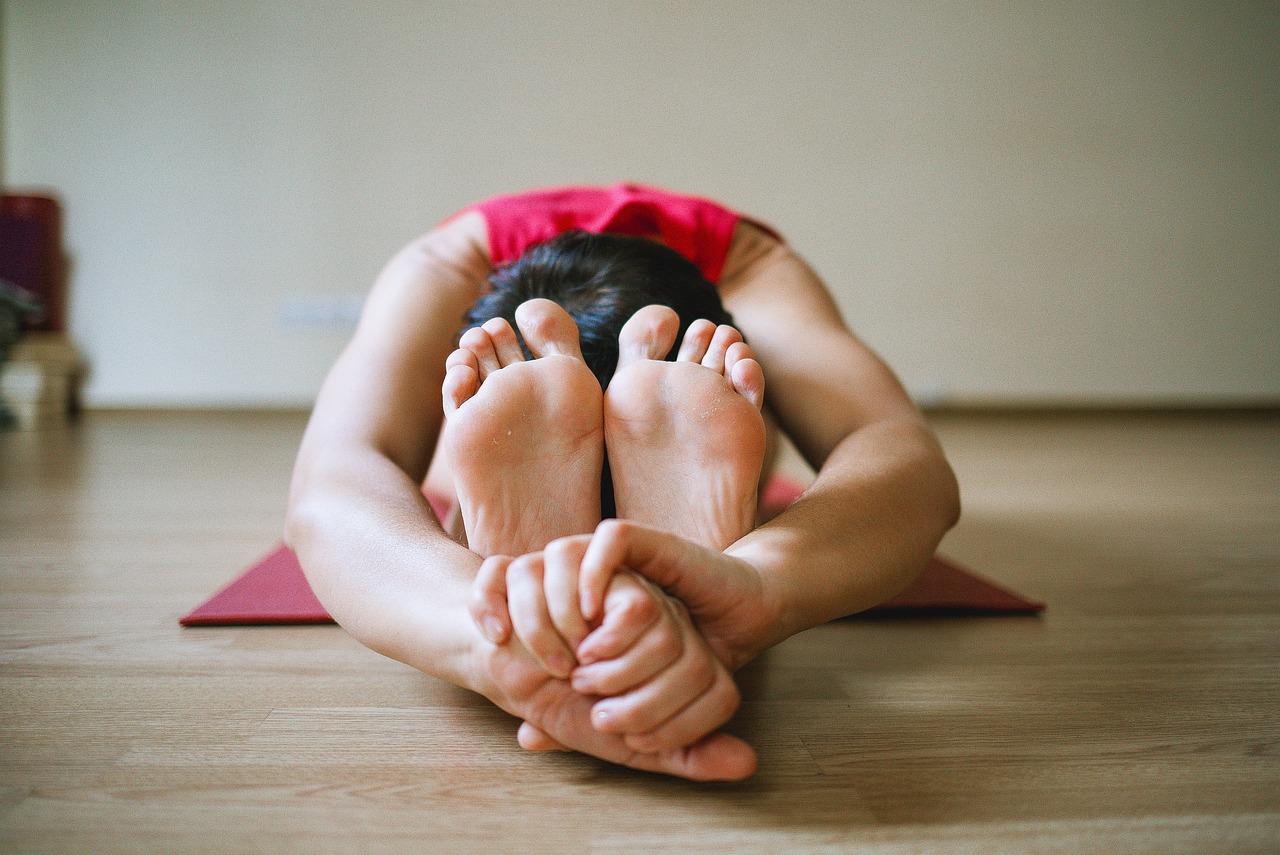Yoga - Part 1
Mindful Movement Practices
Welcome to Part 1 of our series on mindful movement practices. In this article, we will explore the benefits of incorporating mindfulness into physical activities and how it can enhance your overall well-being.
What is Mindful Movement?
Mindful movement involves integrating the principles of mindfulness - being present, aware, and non-judgmental - into your physical movements. It focuses on cultivating a deep connection between your mind and body during exercise, yoga, or any form of physical activity.
Benefits of Mindful Movement
Practicing mindful movement offers a wide range of benefits for both your physical and mental health. Some of the key benefits include:
- Improved focus and concentration
- Reduced stress and anxiety
- Enhanced mind-body connection
- Increased body awareness
- Greater emotional regulation
How to Practice Mindful Movement
Here are some tips to help you incorporate mindfulness into your movement practices:
- Start by bringing your awareness to your breath. Notice the sensation of each inhale and exhale as you move.
- Focus on the present moment by observing the sensations in your body without judgment.
- Engage all your senses during movement - notice the sounds, smells, and feelings around you.
- Be kind to yourself and avoid self-criticism. Embrace any challenges with a sense of curiosity and openness.
Example Mindful Movement Practices
Here are a few examples of mindful movement practices you can try:
- Walking Meditation: Take a slow, mindful walk focusing on each step and breath.
- Yoga: Practice yoga poses with full awareness of your body and breath.
- Tai Chi: Experience the flowing movements of Tai Chi with a sense of mindfulness.
Stay tuned for Part 2 of our series where we will delve deeper into specific mindful movement techniques and their benefits. Remember, the key to mindful movement is to be present in the moment and cultivate a deep connection with your body.
 Learn more about mindful movement practices
Learn more about mindful movement practices
